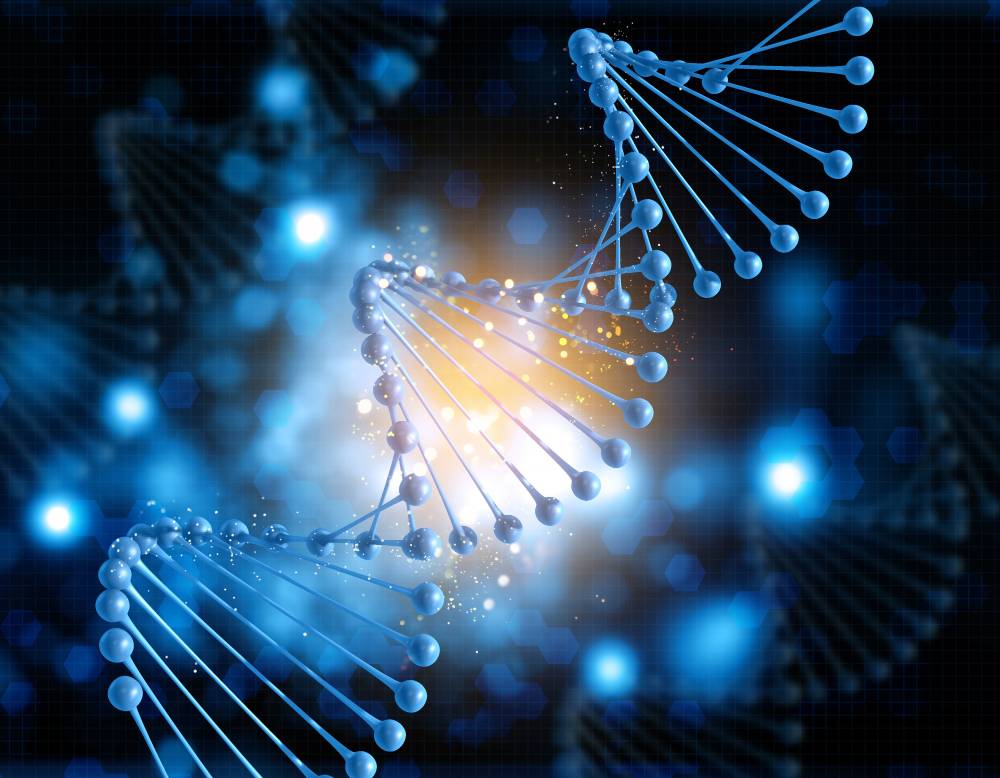Scientists from the University of Cambridge have introduced a cutting-edge DNA sequencing method that can precisely pinpoint the location and mechanism of small molecule drugs interacting with the targeted genome. The novel technique has the potential to provide valuable insights into the drug development process and increase our understanding of the complex interactions between drugs and the genome.
Understanding how drugs interact with cells is crucial to developing new and effective therapies. A critical aspect of this process is understanding how drugs bind to chromatin, which is composed of DNA and proteins and plays a pivotal role in regulating gene expression. Chromatin is also where drugs can bind to and interact with the cell. A game-changing technique Chem-map, introduced by the researchers, sheds light on the previously mysterious interactions between small molecules and their targets on the DNA genome. In this article, let’s explore the role of Chem-map in profiling drug binding to chromatin in cells.
What is Chem-map?
Chem-map is a new sequencing technology that can help researchers identify the binding of drugs to chromatin in cells. It applies a combination of chemical and computational techniques to map the interactions between drugs and chromatin. This enables researchers to identify the specific regions of chromatin that drugs bind to and understand how this binding affects gene expression.
The relationship between drugs and their targeted cells
- DNA and proteins make up chromatin, which plays a crucial role in gene regulation.
- It’s important to understand how drugs interact with chromatin to develop more effective and safer drugs.
- Scientists can profile drug binding to chromatin in cells with Chem-map, a potential new approach.
How Chem-map Works?
Chem-map uses a technique known as small-molecule-directed transposase Tn5 tagmentation to map small molecule-genome interactions in situ with unprecedented precision. This pinpoints the genomic binding site at which a small molecule binds to genomic DNA or DNA-associated proteins.
Using Chem-map to Understand Drug-chromatin Interactions
- Chem-map provides an accurate picture of drug-chromatin interactions in cells.
- The findings could aid scientists in understanding how drugs affect gene regulation and cell function.
- By identifying specific drug-chromatin interactions, Chem-map can also assist scientists in designing more targeted and effective drug therapies.
Examples of Applications
The scientists explored a new technique called Chem-map to uncover the specific areas within human leukemia cells that the commonly used cancer medication doxorubicin attaches. Additionally, the research also highlighted the potential benefits of combining doxorubicin with another medication called tucidinostat, which targets a specific enzyme to enhance treatment outcomes.
The method was also used to map specific molecule binding sites on DNA G-quadruplexes, or G4s. The G4s are four-stranded secondary structures that have been linked to gene regulation and may one day be used to treat cancer.
Chem-map is a revolutionary method for uncovering the precise location in the genome where small molecule drugs bind to DNA or DNA-associated proteins. The novel sequencing approach offers unparalleled insights into how particular drug therapies interact with the human genome, making it easier to create more effective and safer treatments.
Conclusion
Chem-map is a powerful approach that allows scientists to profile drug binding to chromatin in cells. It can be used to develop new and more effective therapies by providing valuable insights into how drugs interact with cells. Understanding how drugs bind to chromatin is critical to understanding how they work in the body, and Chem-map plays an important role in revealing chromatin’s secrets.
Article Source: Reference Paper | Reference Article | Code: Chem-map
Learn More:
Top Bioinformatics Books ↗
Learn more to get deeper insights into the field of bioinformatics.
Top Free Online Bioinformatics Courses ↗
Freely available courses to learn each and every aspect of bioinformatics.
Latest Bioinformatics Breakthroughs ↗
Stay updated with the latest discoveries in the field of bioinformatics.
Dr. Tamanna Anwar is a Scientist and Co-founder of the Centre of Bioinformatics Research and Technology (CBIRT). She is a passionate bioinformatics scientist and a visionary entrepreneur. Dr. Tamanna has worked as a Young Scientist at Jawaharlal Nehru University, New Delhi. She has also worked as a Postdoctoral Fellow at the University of Saskatchewan, Canada. She has several scientific research publications in high-impact research journals. Her latest endeavor is the development of a platform that acts as a one-stop solution for all bioinformatics related information as well as developing a bioinformatics news portal to report cutting-edge bioinformatics breakthroughs.






